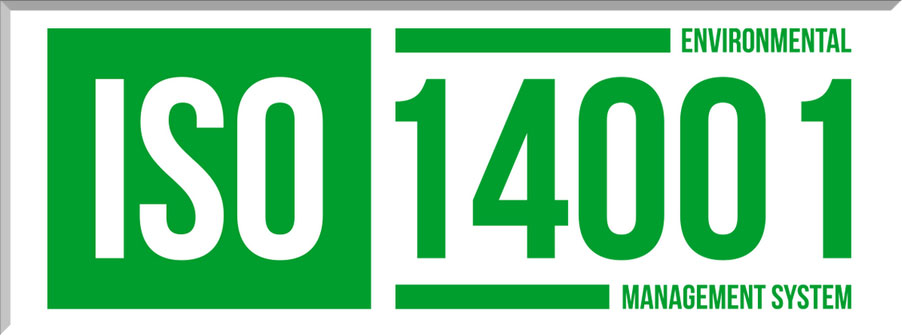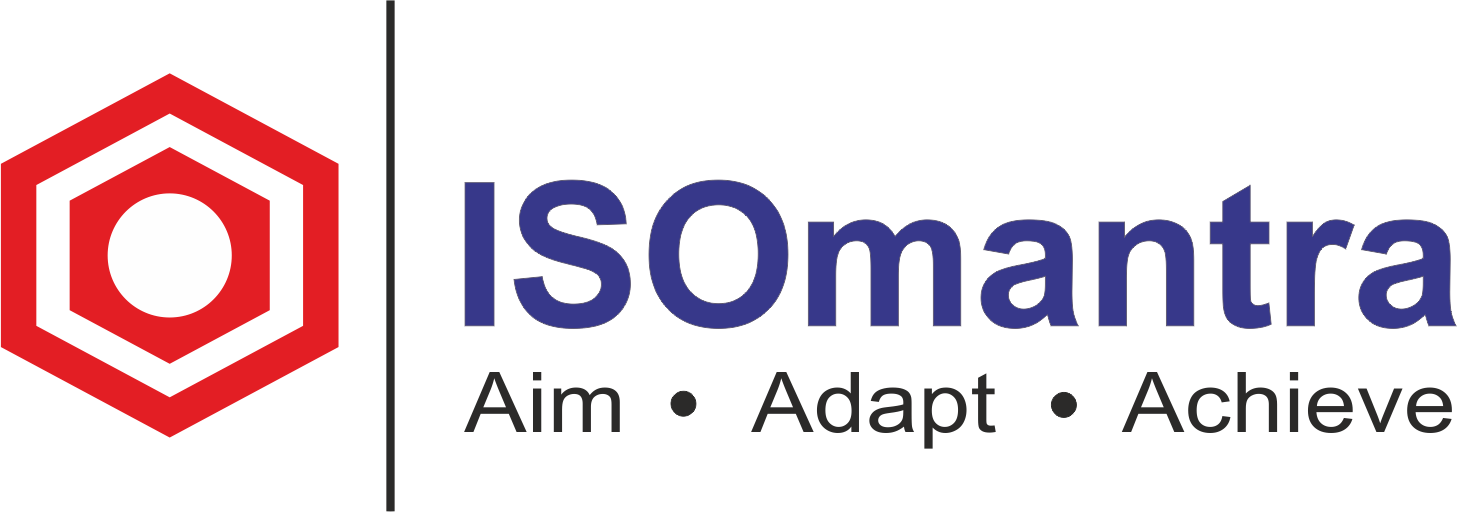ISO 14001 Evolution: The Story of the World’s Leading Environmental Management Standard

There is little doubt that ISO 14001 is one of the most successful management standards used by businesses throughout the world to improve their environmental performance and, as a result, save resources and money while gaining consumer trust. Since its initial publication in 1996, over 300,000 enterprises worldwide have established an Environmental Management System in accordance with its standards. In this post, I will discuss the history of ISO 14001 and how it has become the most widely utilised preventive tool for organisations seeking to reduce their considerable environmental impacts.
ISO 14001’s evolution
Because the growing global awareness about environmental issues is relatively recent, Environmental Management Systems appeared only a few decades ago.
The environmental movement gained popularity in the 1960s, and the first United Nations conference on the human environment was held in Stockholm in 1972. However, it wasn’t until 1992, that the United Nations established an agreement to safeguard the environment by decreasing the detrimental effects of commercial activity. BS 7750, the world’s first Environmental Management Systems standard, was released the same year by the BSI group (British Standards Institution). It served as the foundation for the International Organization for Standardization to create ISO 14001 – “Environmental Management Systems – Specification and Guidance for Use” – in 1996.

Before the ISO 14000 series of standards was introduced in 1996, organisations had been voluntarily building their own Environmental Management Systems in order to limit the harmful effects of their processes on the environment. However, until ISO introduced ISO 14001 as a standard framework for comparison, businesses lacked the required instruments to assess their environmental policies and impacts.
The following series depicts the evolution of the ISO 14001 standard since its conceptualization:
- 1992
- 1993
- 1996
- 2004
- 2015

